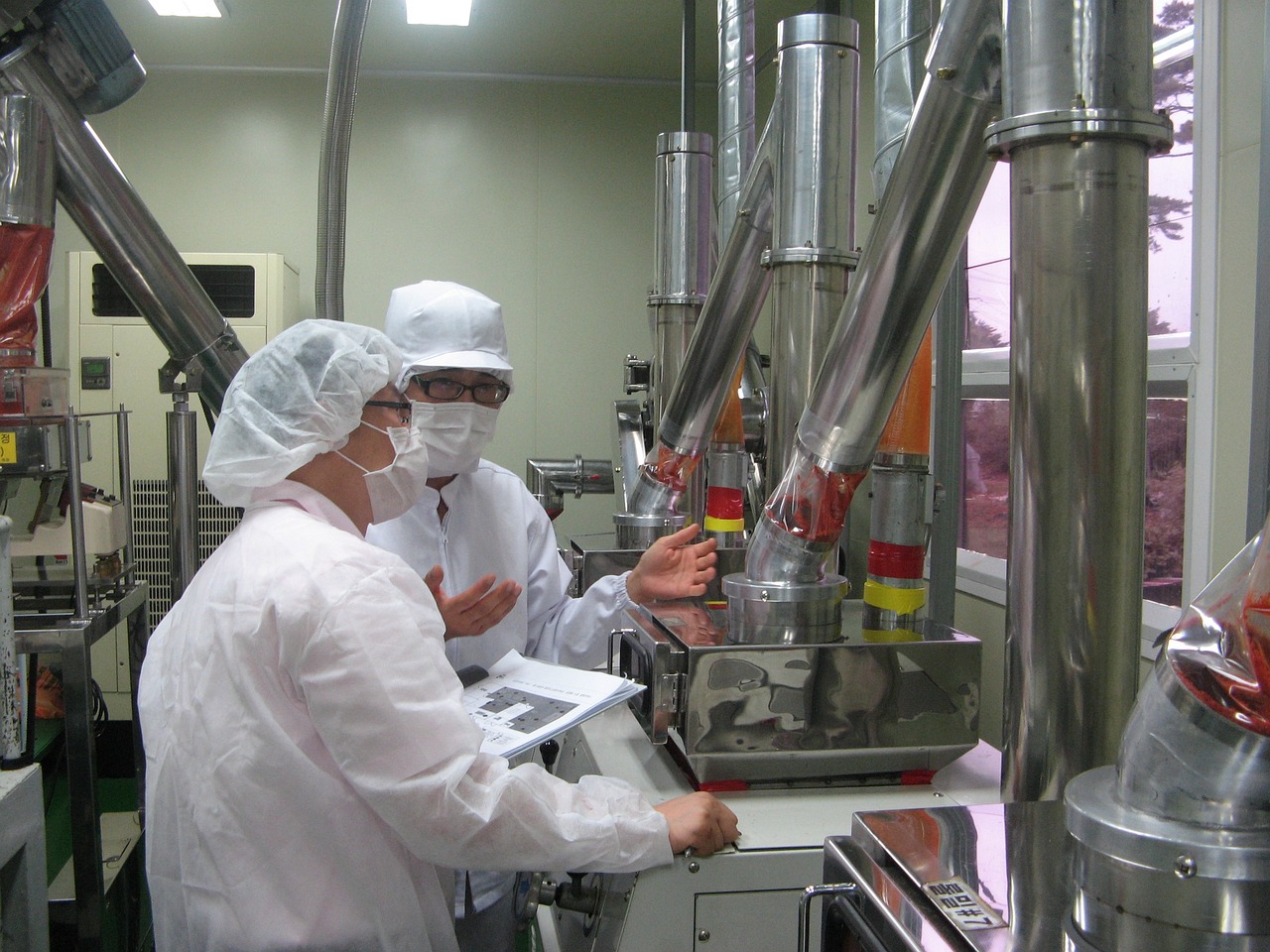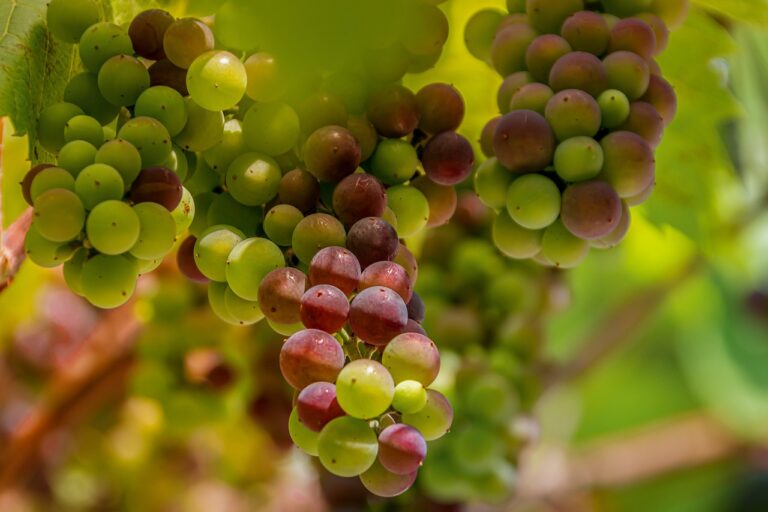The Art of Food Preservation: Preserving Flavor and Nutrients
Canning is a popular method of food preservation that has been used for centuries by home cooks and food manufacturers alike. The process involves sealing food in airtight containers, such as jars or cans, after it has been cooked. This helps to prevent the growth of bacteria, yeasts, and molds that can cause food to spoil.
One of the key advantages of canning is the ability to store food for an extended period without refrigeration. This makes it a convenient option for preserving fruits, vegetables, meats, and soups, especially for times when fresh produce may not be readily available. Additionally, canning allows you to enjoy the flavors of your favorite seasonal foods all year round, providing a cost-effective and sustainable way to reduce food waste.
• Canning helps prevent the growth of bacteria, yeasts, and molds that cause food to spoil
• Allows for extended storage without refrigeration
• Convenient for preserving a variety of foods such as fruits, vegetables, meats, and soups
• Enjoy seasonal flavors year-round
• Cost-effective and sustainable way to reduce food waste
Freezing
When it comes to preserving food, freezing is a simple and effective method that can help retain the taste and nutrients of fresh produce. Freezing is a convenient way to preserve fruits, vegetables, meats, and even prepared meals for a longer period of time.
To freeze food properly, it is important to prepare the items by washing, peeling, and cutting them into appropriate sizes. Once the food is ready, packaging it in airtight containers or freezer bags can help prevent freezer burn and maintain the quality of the food. It’s also crucial to label the containers with the date of freezing to keep track of the freshness of the items.
Drying
Drying is a traditional method of food preservation that has been practiced for centuries. It involves removing moisture from food to inhibit the growth of bacteria, mold, and yeast, thus extending the food’s shelf life. Fruits, vegetables, herbs, and meats can all be dried using various techniques such as air-drying, sun-drying, or using a dehydrator.
One of the main advantages of drying food is that it retains much of its nutritional value, particularly vitamins and minerals. Dried fruits are a convenient and portable snack, while dried herbs can add flavor to dishes year-round. However, it’s important to properly prepare and store dried foods to prevent spoilage and maintain their quality.
What is the purpose of drying as a preservation method?
Drying helps to remove moisture from food, which inhibits the growth of bacteria, yeasts, and molds that cause food to spoil.
How does drying compare to canning and freezing as a preservation method?
Drying is a great option for preserving food because it doesn’t require the use of electricity like freezing, and it doesn’t involve the risk of contamination that canning sometimes does.
What types of foods are best suited for drying?
Foods that are low in moisture content such as fruits, vegetables, herbs, and meats are ideal for drying.
How should I properly store dried foods?
Store dried foods in airtight containers in a cool, dark place to maintain their quality and prevent spoilage.
Are there any safety concerns to be aware of when drying foods?
It’s important to properly clean and sanitize any equipment used for drying to prevent contamination. Additionally, make sure to follow proper drying times and temperatures to avoid the risk of foodborne illness.







